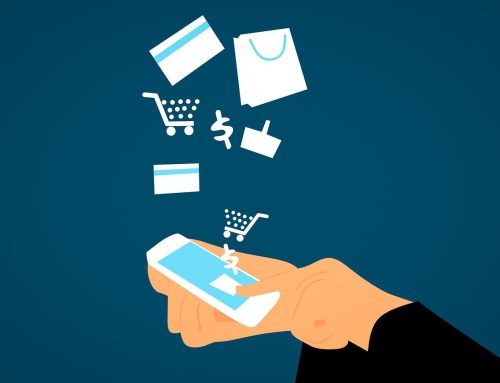
Through the massive explosion in digitally-connected consumer products, online shopping has become the new norm. Last year, more than $304 billion was spent online and as mobile technology continues to grow in popularity, so will e-commerce sales.
Alongside the growing rate of online shoppers, social media platforms continue to integrate the retail experience into their sites. This is all but evident with Twitter and Facebook’s integration of “buy” buttons and wallet features. At this point it seems that online shopping and social media websites are beginning to merge into a new type of experience altogether. Additionally, it has been reported that social media has a ‘100% higher lead-to-close rate than outbound marketing’ (http://www.slideshare.net/HubSpot/the-2012-state-of-inbound-marketing-webinar).
By recognizing this trend as it evolves, many retailers are poised to give a significant boost to their website traffic, social presence, and ultimately their bottom line; if the correct steps are taken. In order to ensure that your business is ahead of the curve in this transformation, here are 4 building blocks to boost sales through social marketing:
1. It’s Not Just Business, It’s Personal
For the majority of people who use social media websites, it is an extremely personal experience. Accordingly, a personal touch should be implemented by brands across the board as well. By allowing your brand’s personality to shine through, you open the doors for genuine engagement with consumers that will likely result in them becoming loyal and long-term customers.
This can be accomplished through converting your social media page into a hub for customer service. By assisting customers directly through social media while adding in the brand’s personal flavor, customers will be drawn to interact and engage. This point is highlighted perfectly by the folks at Zappos.com and their social media team.
Don’t just use these platforms for customer interactions and product posts; share content that will evoke positive emotions with high levels of share-ability. This will keep people coming back for not only your products, but the entertainment value your brand provides as well.
2. The Power of Hashtags
Amazon’s #AmazonCart is another great example of how e-retailers are merging the social experience with shopping. The hashtag allows Twitter users to add products featured in tweets directly to their Amazon shopping cart to purchase later on. While this approach is a little more advanced, small businesses can still leverage the power of hashtags through the use of tools like Hootsuite to schedule regular posts about product deals, holiday specials, and so forth. Just remember that each post should include a direct link for purchase, a compelling image or video, and a relevant hashtag.
While the use of hashtags is a fantastic promotional tool, be sure not to go overboard. The excessive use of hashtags can actually be quite damaging to engagement levels. Anything done in excess can become harmful; moderation is key.
3. Turn Your Social Media Page into an Online Store
If you want to take things a step further, you can actually convert your business’s profile page into an online store with one simple addition. By adding a shopping cart right on to your Facebook page, customers can shop and make purchases without ever leaving the site. This level of convenience is highly valuable in our modern society where convenience and the simplification of processes is greatly emphasized.
Shopping carts can also be added to WordPress blogs and virtually any other site where your products are promoted. Best of all is that these tools tend to be mobile-friendly which is a huge deal considering that mobile is now the preferred platform to shop on.
4. Your Website Should Be Social Too
In reality, your social presence should not be limited to sites like Facebook and Twitter; your website should also be reflective and an integral part of the social experience that your brand provides. This is now something that consumers expect on modern websites.
Tools like Social Sharing and Social Login are fantastic for integrating websites and social platforms. Social Login grants visitors the ability to sign into your website and interact with tons of different social networks in a seamless fashion while social sharing buttons make it extremely simple for users to share content from your website. This is highly beneficial for helping your business spread through word-of-mouth and to increase in social visibility.
While at times it can be difficult to cut through the noise and competition on social media platforms, many businesses cannot succeed in today’s world without a social presence. To ensure that your business not only maintains its social presence, but amplifies its standing, be sure to integrate the tools and information listed here. If you do, your brand stands a much better chance of success as social and shopping continue to meld into a singular digital experience.





